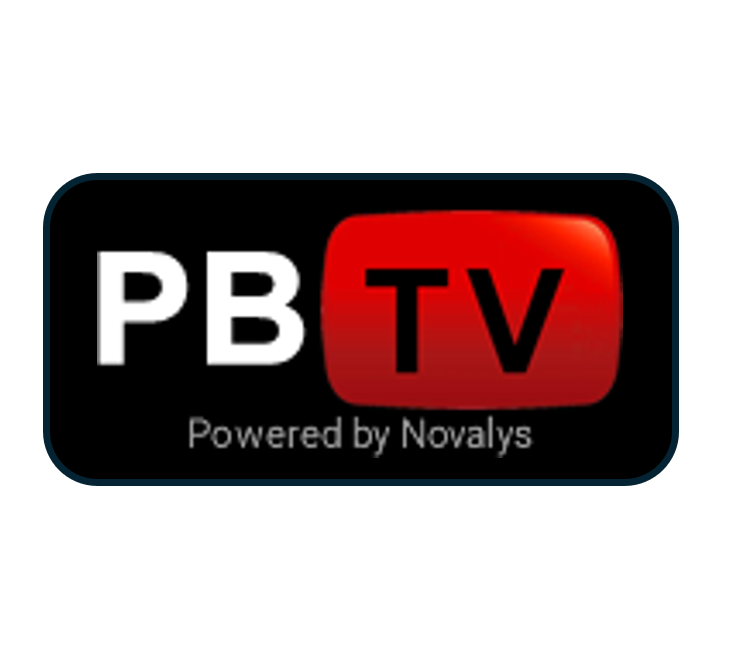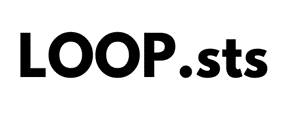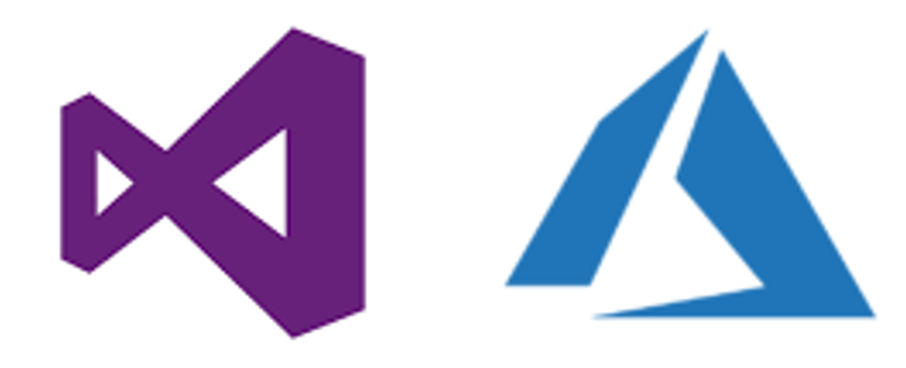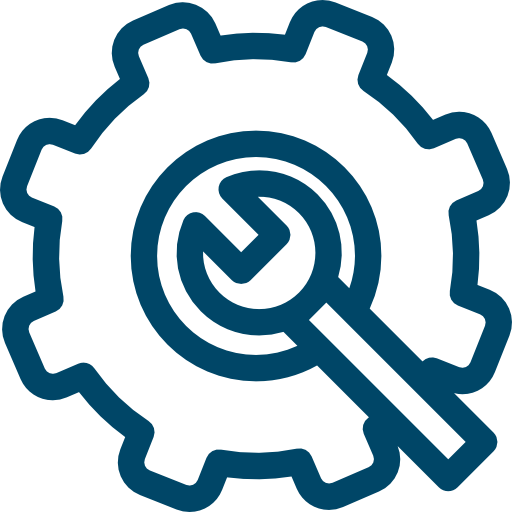Introduction The ‘start’ and ‘finish’ phases are essential components of an automated testing project. The ‘start’ phase defines what occurs before a test is run. The finish phase defines what occurs after. AscentialTest is designed so that each test automatically has a start and finish phase. The start phase is mostly generated for the user […]
Introduction AscentialTest users often ask how to define App Objects for tabbed windows. While there are several possible approaches, this paper presents what Zeenyx Support considers the best practice. Exploring the Alternatives: Tabbed windows are often implemented within a top level window like a Dialogbox or MDIChild. Here is an example. This MDIChild has three […]
While it is good practice to design automated tests to be independent, it is not always expeditious. There are situations where the data state of a test environment is difficult to manage or where the ‘stateful’ nature of a transaction requires components to be built one upon another. In these cases, a system of managing […]
Introduction While there are a lot of ‘right’ ways to use AscentialTest to build tests, we are often asked to provide ‘Best Practices’. This paper provides a summary of the approach and techniques that we use in Zeenyx Support. We hope that it is helpful to your teams as they design manual and automated tests. […]

The AscentialTest Project provides a test framework upon which manual and automated tests are built. Through encapsulation and reuse of project components, AscentialTest reduces the cost, time and level of effort to build and execute tests. This presentation will highlight best practices around project construction and management.

Over time, test automation engineers find that requirements for utilities repeat. Chances are good that if there is a need for a utility today, it will be needed again for some future project. It’s easy to create reusable tools that can be shared with others in AscentialTest.

 Brian has been working in the field of test automation for more than 30 years. Brian began as a QA Engineer using the testing tools available in the early 1980’s. He joined Segue Software in its infancy and served as the EVP of R&D during that company’s golden years. Brian formed Star Quality, a consulting firm specializing in test automation in the late 90s. After 12 years of experience in the trenches, he’s excited to be building the next generation testing tool that will increase the productivity and and effectiveness of test and development teams.
Brian has been working in the field of test automation for more than 30 years. Brian began as a QA Engineer using the testing tools available in the early 1980’s. He joined Segue Software in its infancy and served as the EVP of R&D during that company’s golden years. Brian formed Star Quality, a consulting firm specializing in test automation in the late 90s. After 12 years of experience in the trenches, he’s excited to be building the next generation testing tool that will increase the productivity and and effectiveness of test and development teams. Dave is a pioneer in the field of automated testing. Dave developed ATF, one of the first automation tools, more than 20 yeas ago. He was a founder and Chief Architect of Segue Software, Inc., the original creators of QA Partner/SilkTest. Dave believes that no testing tool can be easy to use without a solid foundation. That’s why he is committed to providing AscentialTest’s universal agent with the most powerful object recognition engine in the industry.
Dave is a pioneer in the field of automated testing. Dave developed ATF, one of the first automation tools, more than 20 yeas ago. He was a founder and Chief Architect of Segue Software, Inc., the original creators of QA Partner/SilkTest. Dave believes that no testing tool can be easy to use without a solid foundation. That’s why he is committed to providing AscentialTest’s universal agent with the most powerful object recognition engine in the industry.